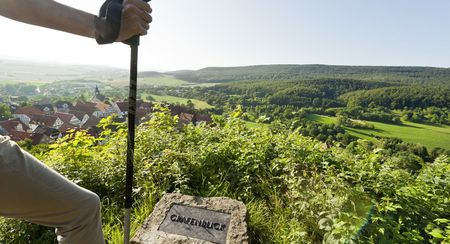Actively recover in the Teutoburg Forest
- Multifaceted landscapes
- Hiking on charming trails
- Cycling to worthwhile destinations
- Nature and landscape in two nature parks have a beneficial effect
- in a canoe, while climbing, on bridle paths, on the golf course, on motorbike tours or a balloon ride
